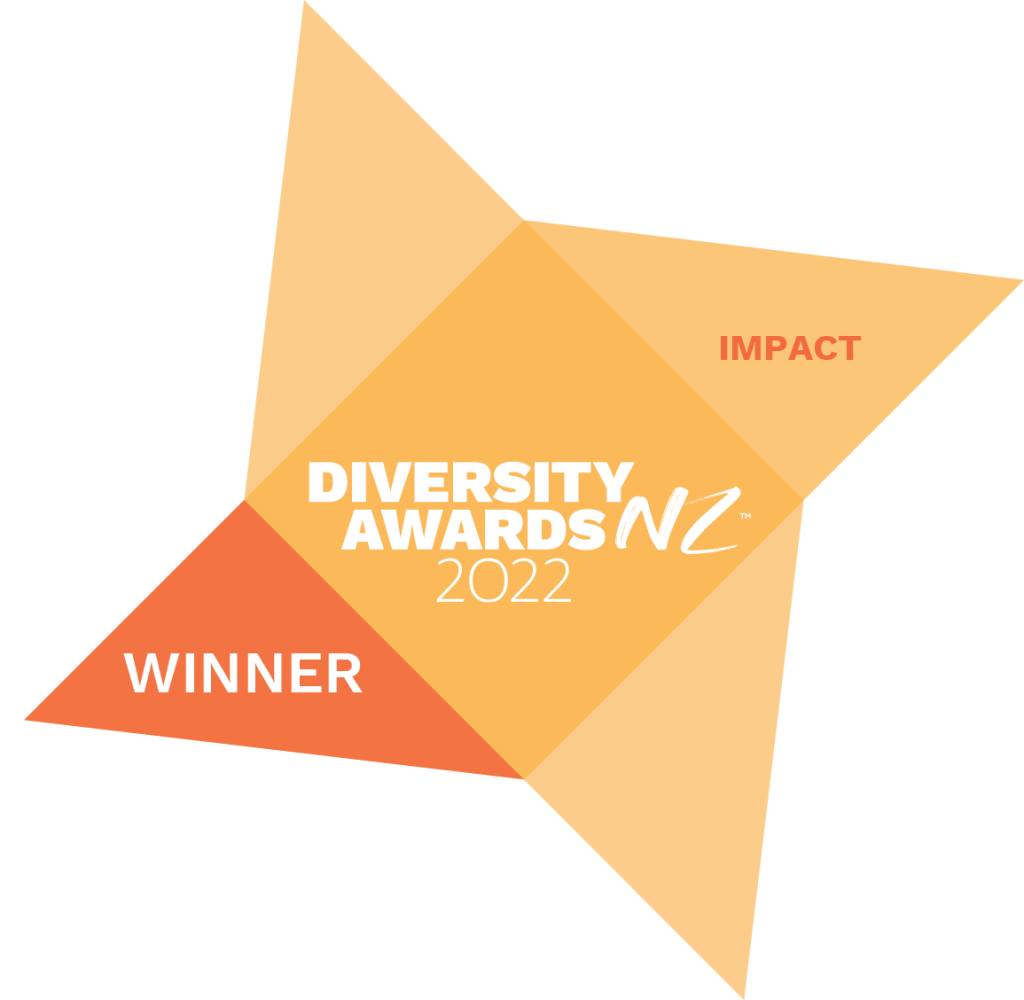
New Zealand is rapidly becoming one of the world’s most diverse countries. Already, over one million Kiwis were born overseas, ranking Auckland as the fourth most diverse city in the world.
With no signs of this slowing down, New Zealand’s workplaces are increasingly becoming a diverse mix of cultures.
What does diversity actually look like in the workforce?
Diversity is about more than just having a workforce that’s half women, or hiring a few people from different cultural and ethnic backgrounds. To achieve true diversity, you need to ensure diverse thinking styles, languages, religions, ethnicities, genders, sexual orientations, ages, physical abilities, skills, and experiences are all represented within your company.
Why is diversity so important?
“A diverse mix of voices leads to better discussions, decisions, and outcomes for everyone,” according to Google CEO Sundar Pichai.
For organisations which can adapt to having a diverse workforce, it’s a huge advantage. According to the Champions for Change initiative, companies with high ethnic diversity are 33% more likely to have higher than average market share, while companies in the top quartile of gender diversity are 15% more likely to financially outperform their competition.
Not only that, when your team better reflects what New Zealand looks like as a whole; your company will better understand the people who help it survive and thrive – your customers. Increasingly New Zealand is becoming more and more diverse – and that diversity needs to be reflected within organisations if they are to keep pace with the demands of their consumers.
How can you encourage diversity
Encouraging diversity is all about inclusion – from who you hire to how you communicate with and grow your people.
That’s why ensuring that your induction, communications, and training are all catered for a diverse workforce. You can talk about health and safety, quality, team values, and company policy until you’re blue in the face – but it won’t make a difference if the way that you’re communicating with your people isn’t meaningful to them.
Take your induction process, for example. Induction is such a fantastic opportunity to effectively communicate with new team members in order to keep them safe and make sure that they’re committed to doing a great job. But if there’s a disconnect between the person delivering induction and the person who’s being inducted, all an induction will do is a tick a box.
One of the ways we help organisations better adjust their training to suit a diverse workforce is helping them make inductions more meaningful in terms of landing with a more diverse audience. We’ll often consult with organisations to make their induction user friendly, engaging, and ‘stickable’ – creating content, and formats of delivering that content, that lands with their specific audience.
Communicating effectively with a diverse workforce
If your communications with your workforce aren’t getting through, the impact can be immense – errors, disengagement, non-compliance with health and safety, staff behaviour that looks like laziness… the list goes on.
So how can you most effectively communicate with a diverse workforce?
Firstly, it’s about knowing your audience. Are they a multilingual group, with varying levels of English understanding? If so, then a whole lot of technical language around health and safety isn’t likely to sink in and keep them safe.
Utilise visuals as much as you can and encourage interaction between participants. Keep it personal and relevant to them and you’ll find it far more effective than simply boring them to death with Powerpoint slides for over an hour!
Next steps
Download your free ‘Tools & Tips for Communicating Effectively with a Diverse Workforce’ pdf to discover simple, effective ways to better communicate with your diverse workforce.
In today’s environment, any business not embracing the diversity of their workforce is going to fall behind. Right now, there’s a unique opportunity to get ahead of the curve, and leverage your organisation’s diversity as a real advantage, provided you can communicate well and make the most of diverse ideas.
For managers who still find themselves wanting to increase their effective communication with a diverse team, Upskills offers a ‘Get Lit’ course, specifically designed to upskill managers in how to communicate with diverse workforces. Contact us now to find out how it would help your diverse workforce.
[contact-form-7 id=”4″ title=”Email Upskills”]





